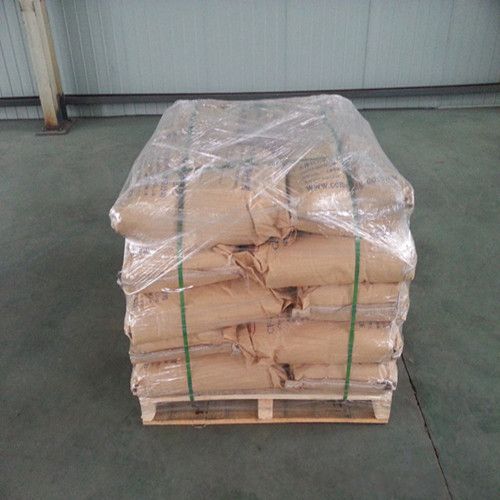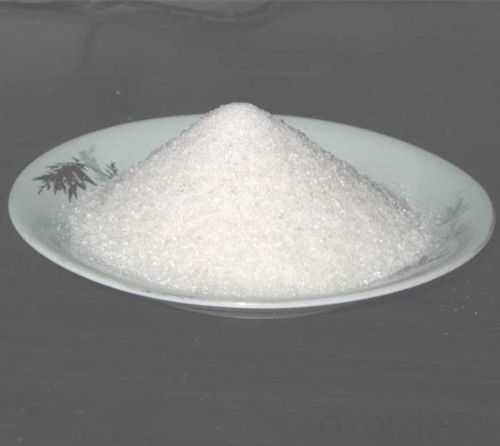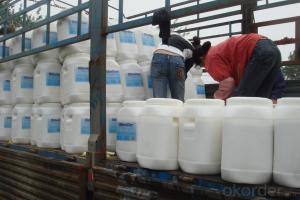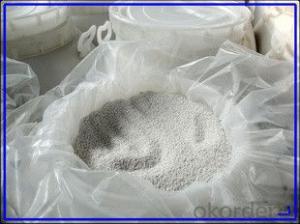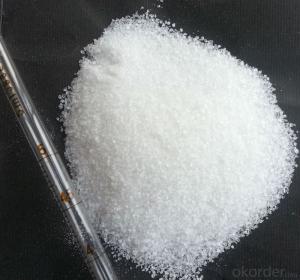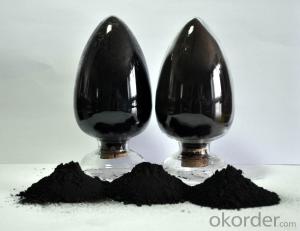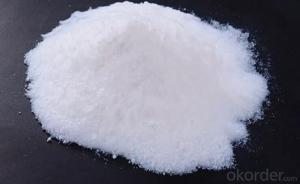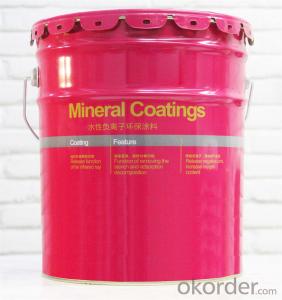Industrial Calcium Nitrate Anhydrous Construction Chemical
- Loading Port:
- China main port
- Payment Terms:
- TT OR LC
- Min Order Qty:
- 1000 kg
- Supply Capability:
- 500000 kg/month
OKorder Service Pledge
OKorder Financial Service
You Might Also Like
Industrial Calcium nitrate anhydrous
Description:
Molecular formula: Ca(NO3)2·4H2O
Molecular weight: 236.15
Product introduction:
colorless transparent monoclinic crystal, easily soluble in water, carbinol and alcohol.
It is oxidant. It is mainly used as refrigerant, rubber latex flocculant, cement hardening accelerant, and for the production
of firework and electronic valve.

Properties and applications:
Calcium Nitrate is colorless transparent crystal, it is soluble in water and alcohol, it is easily deliquesce in the air, it can be used in agriculture as quick fertilizer,firework electronic tubes, concrete anti-freeting admixture.
Storage and transportation notes:
avoid moisture, seal, separate from organic materials and sulphur. Please avoid rainfall
and sunlight in transportation.
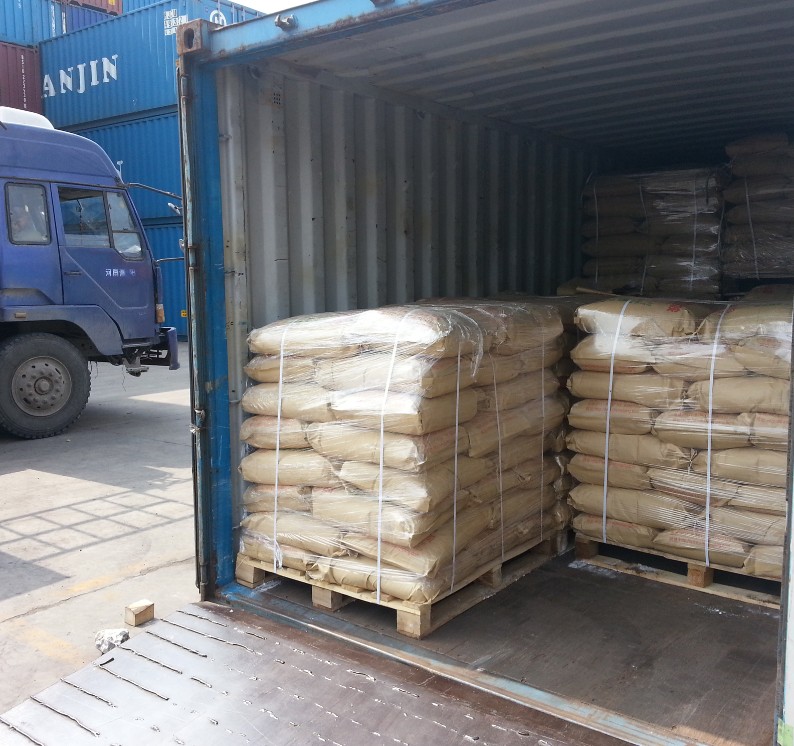
Packing: outer woven bag or paper-plastic compound bag, inner plastic bag.
main index | unit | industrial grade |
content | %≥ | 99.0 |
PH range | - | 5.0-7.0 |
heavy metal | %≤ | 0.0005 |
water insoluble | %≤ | 0.01 |
sulfate | %≤ | 0.02 |
Ferrum | %≤ | 0.002 |
chloride | %≤ | 0.005 |
Calcium oxide content(CaO) | %≥ | --- |
nitrogen content(N) | %≥ | --- |
FAQ
1.Q: What is MOQ?
A: Our MOQ is 1 TON.
2.Q: Could you offer free sample?
A: We can provide free samples to you for quality testing.
3.Q: What about your packing?
A: For liquid: Flexitank, or IBC tank 1000L
For powder:Woven fabric bag with plastic film liner( 25kg or 1000kg)
Clients’ packing is workable.
4.Q: How about your productive capacity?
A: 150000 tons/Year.
5.Q: What is your delivery time?
A: Within 7 days after received deposit or L/C at sight.
- Q:What chemical reactions can water do the catalyst?
- So far heard, but can and Na and other metal reaction
- Q:and what type of macromolecule are they made of? thanks!
- Because they speed up chemical reactions by lower the amount of energy required to start the reaction (called activation energy). A catalyst is something that speeds up a reaction - which is what enymes do.
- Q:How does the catalyst generally add to the organic chemical reaction?
- In the case of heterogeneous catalysis, the specific surface of the catalyst, in addition to the activity of the catalyst, is an important factor in determining the reaction rate, which means that the specific surface for catalysis is large and the reaction is as fast as the whole. So the overall principle in understanding the activity of the premise of the catalyst, would like to quickly add a little more.
- Q:What are the examples of chemical catalysts used in life?
- Clothing. "New synthetic fiber made of clothing, soft and comfortable and cheap and durable. Cloth from natural fibers to man-made fibers, and then to the development of synthetic fibers, dyes from the original natural dyes to the current synthetic dyes, reactive dyes , All reflect the contribution of chemistry to the development of clothing, chemical clothing from the initial cover utility, into today's beautiful, convenient, with a special function of the utility, it greatly enriched the style of clothing, material, use
- Q:The role and significance of chemical catalysts
- In the pre-chemical reaction, to speed up the reaction rate, and in the chemical reaction before and after the material quality and chemical properties are not changed.
- Q:What makes an enzyme a catalyst?
- A.hydrogen peroxide. Catalase is an enzyme that functions in the decomposition of hydrogen peroxide to oxygen and water.
- Q:In the presence of catalyst, KCl is produced in the thermal decomposition of KClO3.You did not have a catalyst. Did you get the same products for this reaction as you would have with a catalyst?
- A catalyst changes the RATE of a reaction, not the products. So, yes, you get the same products without the catalyst as you do with the catalyst.
- Q:Chemistry: Does the catalyst participate in the reaction?
- The current theory is generally believed that the catalyst to participate in the reaction, the formation of intermediates, and then re-decomposition of intermediates to generate the catalyst, so the quality and nature of the reaction before and after the same. Experiments have shown that although the nature and quality of the catalyst remain unchanged, some of its aspects, such as morphological changes, before the reaction of massive, post-reaction powder, indirectly prove the above theory. Now high school to do the problem generally according to the theory. Such as copper oxidation of copper oxide, copper oxide and then oxidation of ethanol to acetaldehyde, itself is reduced to copper, so copper is ethanol oxidation of acetaldehyde catalyst
- Q:What is the difference between biological and chemical catalysts?
- Biological catalyst: 1. Biological catalysts or enzymes are high molecular weight globular proteins. 2.Their composition may change at the end of reaction. 3.Their catalyzing effect is very high. i.e faster than chemical catalyst. 4.They are reaction specific. i.e One enzyme or biological catalyst may catalyze only particular type of reaction and not many. 5.They are intolerant to temperature and pH changes. An enzyme can not function outside its temperature or pH range. e.g amylase,lipase,pepsin Chemical catalyst: 1.Chemical catalysts are simple inorganic molecules with low molecular weight. 2.They remain unchanged at the end of reaction. 3.They are slower compared to enzymes. 4.They are not reaction specific. 5.They function within wide range of temperatures,pH or pressure. e.g vanadium dioxide, platinum
- Q:Describe the role of a catalyst and a substrate in a chemical reaction.
- Describe Catalysts
1. Manufacturer Overview |
|
|---|---|
| Location | |
| Year Established | |
| Annual Output Value | |
| Main Markets | |
| Company Certifications | |
2. Manufacturer Certificates |
|
|---|---|
| a) Certification Name | |
| Range | |
| Reference | |
| Validity Period | |
3. Manufacturer Capability |
|
|---|---|
| a)Trade Capacity | |
| Nearest Port | |
| Export Percentage | |
| No.of Employees in Trade Department | |
| Language Spoken: | |
| b)Factory Information | |
| Factory Size: | |
| No. of Production Lines | |
| Contract Manufacturing | |
| Product Price Range | |
Send your message to us
Industrial Calcium Nitrate Anhydrous Construction Chemical
- Loading Port:
- China main port
- Payment Terms:
- TT OR LC
- Min Order Qty:
- 1000 kg
- Supply Capability:
- 500000 kg/month
OKorder Service Pledge
OKorder Financial Service
Similar products
New products
Hot products
Hot Searches






